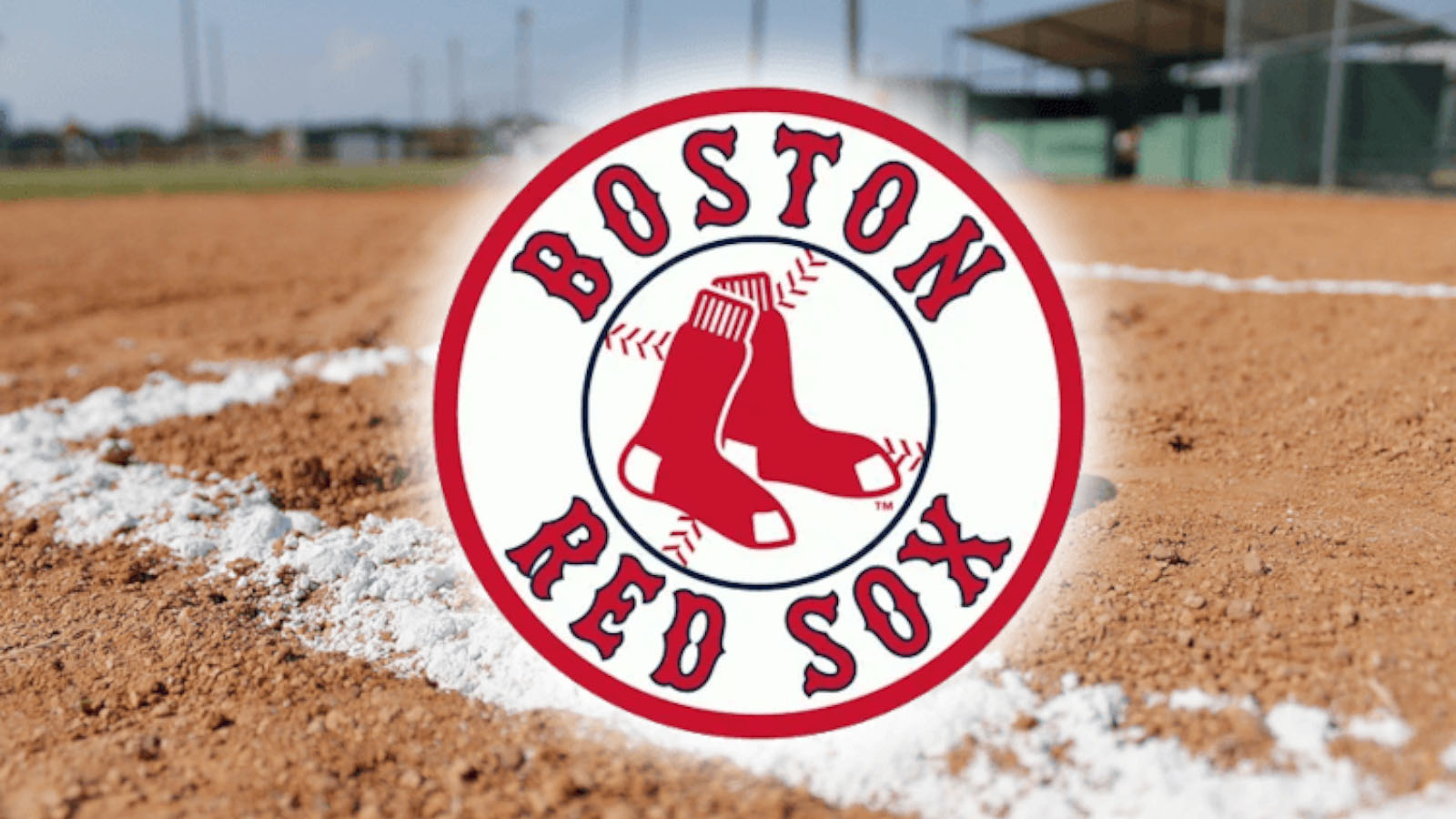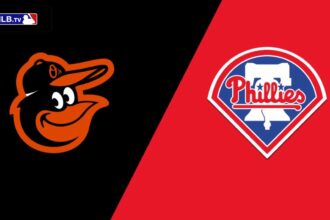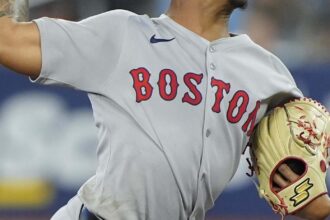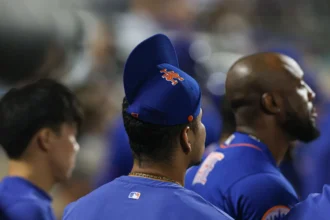The St. Louis Cardinals have stunned the baseball world with a move few saw coming — trading their star outfielder to the Cincinnati Reds, one of their fiercest division rivals. The shocking transaction has sent waves through the National League Central, leaving fans, players, and analysts scrambling to understand the motivation behind such a bold decision. It’s not often that a team willingly strengthens a direct competitor, but the Cardinals appear to have done just that, signaling a potential shift in their long-term vision.
The Trade Breakdown
While the full details of the trade are still emerging, early reports indicate that both clubs exchanged significant assets in a deal that could redefine the balance of power in the division. For the Cardinals — a franchise built on tradition, consistency, and a winning culture — parting ways with one of their premier players is nothing short of shocking. The organization’s front office has emphasized a commitment to “roster recalibration,” but this particular move raises questions about whether they’re quietly entering a transitional or even rebuilding phase.

By sending a cornerstone outfielder to Cincinnati, the Cardinals are taking a calculated risk. It’s a decision that could either pave the way for a more balanced roster or backfire spectacularly if the Reds use this addition to surge ahead in the NL Central standings. The deal underscores how aggressive the Reds have become in their pursuit of playoff contention — and how uncertain the Cardinals’ short-term outlook now appears.
Fan Reaction and Media Backlash
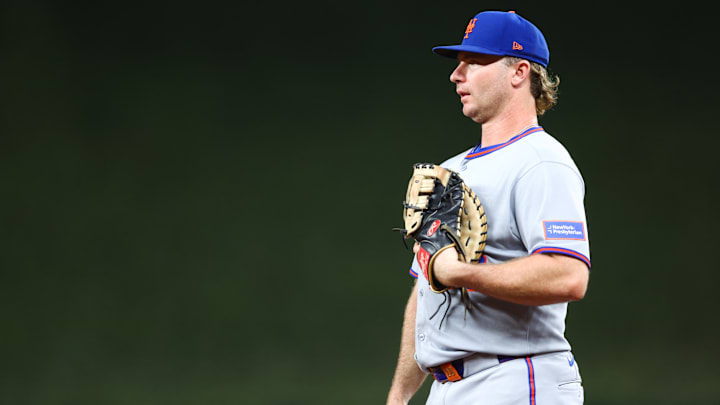
Unsurprisingly, the move has ignited a firestorm among Cardinals fans, many of whom are outraged at the idea of trading a star player within the division. Social media has been flooded with reactions ranging from disbelief to outright anger. Lifelong supporters have questioned the team’s direction, wondering if the front office is prioritizing financial flexibility or prospects over immediate competitiveness.
“It feels like a betrayal,” one fan posted online. “You don’t trade one of your best players to the Reds — that’s just not what the Cardinals do.”
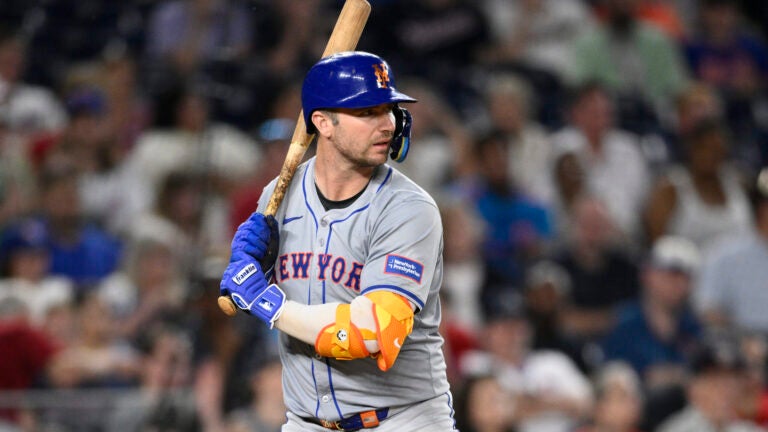
National analysts have echoed similar sentiments, calling the deal “a high-stakes gamble” that could define the franchise’s next few years. The Cardinals’ brass, meanwhile, has maintained that the trade was made with the “bigger picture” in mind — a phrase that tends to frustrate fans more than reassure them.
What It Means for the Reds
On the other side of the equation, the Cincinnati Reds appear to be the big winners — at least on paper. Adding a proven outfield bat to a young and energetic lineup could give them the offensive firepower they need to compete with the division’s elite. The move not only bolsters their lineup but also adds a layer of intrigue to every future Cardinals-Reds matchup. The rivalry, already steeped in decades of history and tension, just became must-watch baseball.

If the outfielder adapts quickly to his new environment, Cincinnati could emerge as one of the NL’s most balanced teams — capable of blending youth, athleticism, and veteran leadership in a way that makes them legitimate postseason threats.
The Road Ahead
As the dust settles, both franchises now stand at pivotal crossroads. For St. Louis, this trade could mark the beginning of a retooling phase focused on developing young talent and reestablishing a sustainable winning core. For Cincinnati, it’s an all-in move signaling their intent to chase October glory now.

Regardless of how the deal ultimately plays out, one thing is certain: this trade has reignited the fire in one of baseball’s most storied rivalries. The next time the Cardinals and Reds meet, the atmosphere will be electric — filled with emotion, anticipation, and a renewed sense of competition that only a blockbuster trade like this can create.
In the unpredictable world of Major League Baseball, it’s moves like this that remind fans why the offseason can be just as dramatic as the games themselves.
